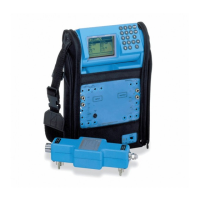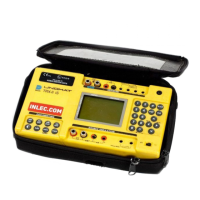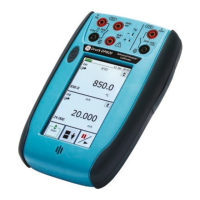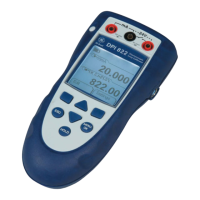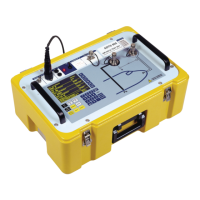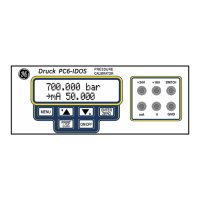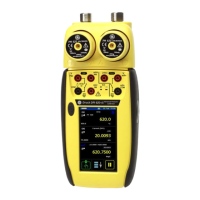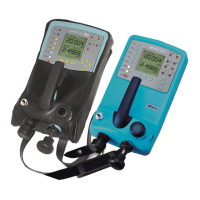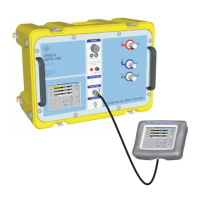5 Operation Carrying out the calibration
5-24 Edition 4 (05/2014) DMS Go+
5.6 Carrying out the calibration
Calibrations
You have to carry out various calibrations on the basis
of the selected probe type and the selected measure
-
ment mode before you can start with measurements.
For this purpose, you will normally carry out a probe
zero offset and calibrate the DMS
Go+ to the sound ve-
locity of the test object.
The probe zero offset is used for determining the exact
entry point of the sound pulse in the test object. This
compensates for the delay line existing in dual-element
probes or the thickness of the contact face with single-
element probes.
The determination of the sound velocity in the test object
is necessary for the exact calculation of wall thickness.
You can choose between 1-point calibration or 2-point
calibration for determining the sound velocity. No probe
zero offset is required in 2-point calibration because the
zero point is calculated by the instrument in this case.
The same probe and the same measure-
ment mode have to be chosen for the calibra-
tion as for the subsequent measurement
operation. Otherwise, measuring errors may
occur. Every time the probe or the measure
-
ment mode has been changed, you have to
carry out a calibration again because even
probes of the same type may have different
delay lines.
The calibration methods for the measure-
ment modes TOP-COAT and AUTO-V are
described in detail in chapter 7 of this manu
-
al.
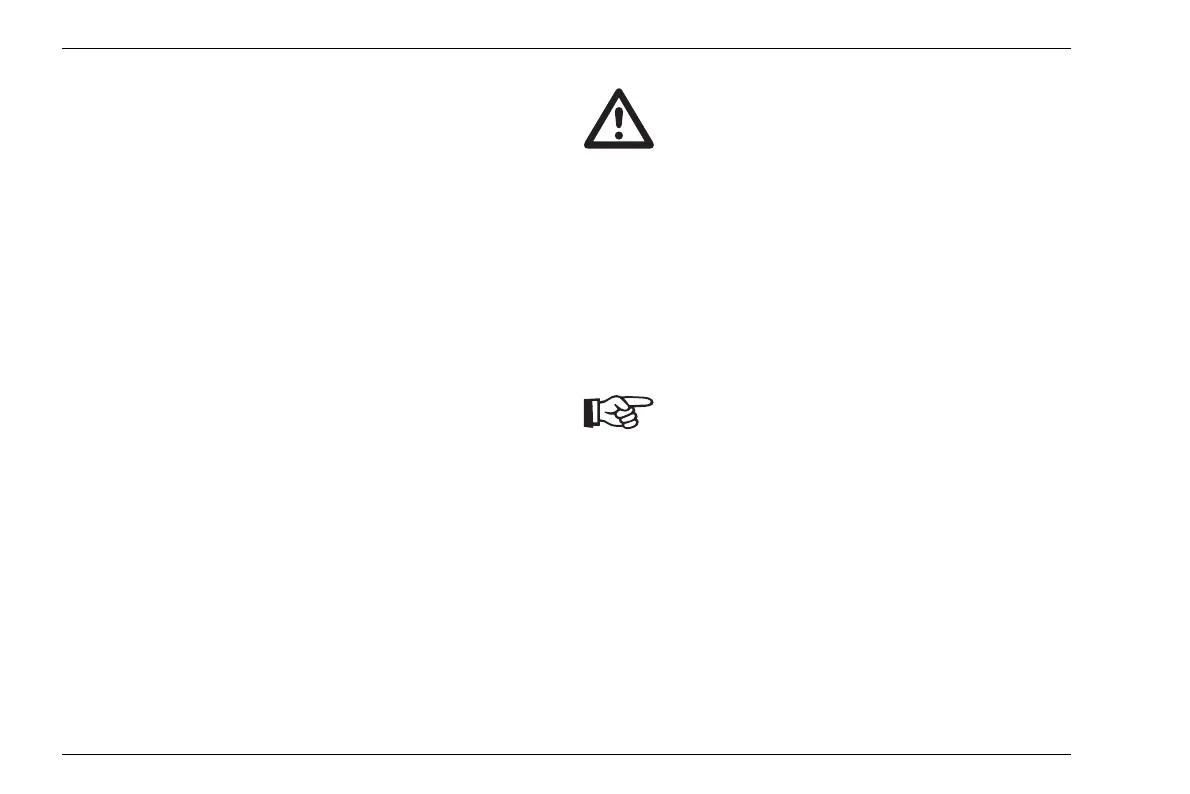